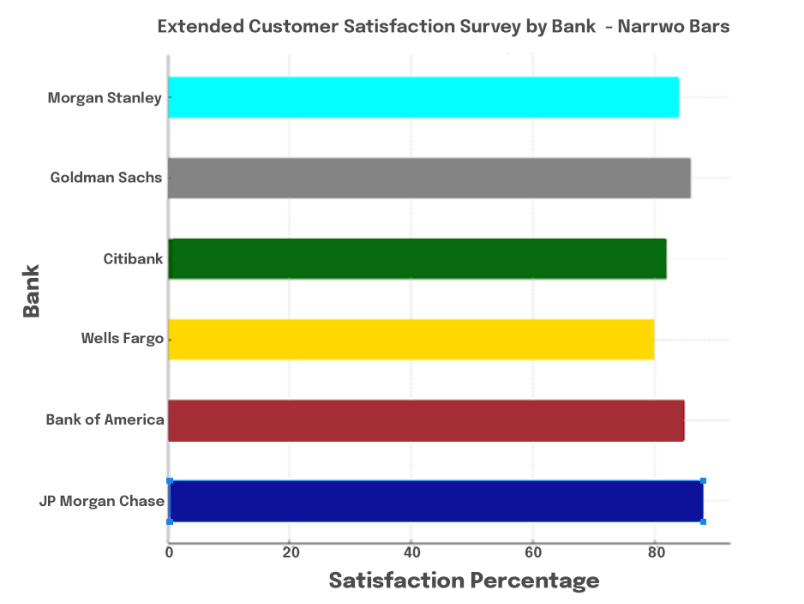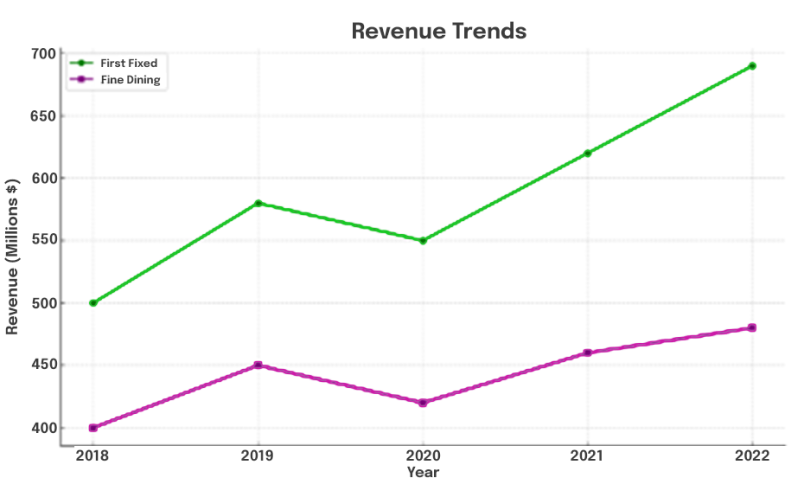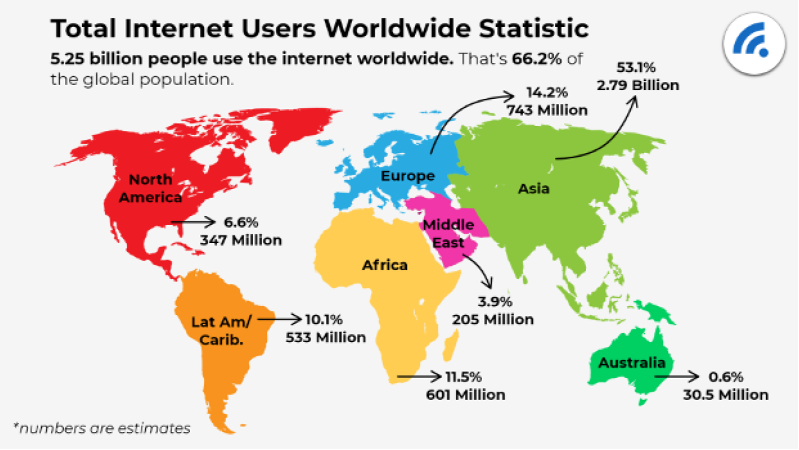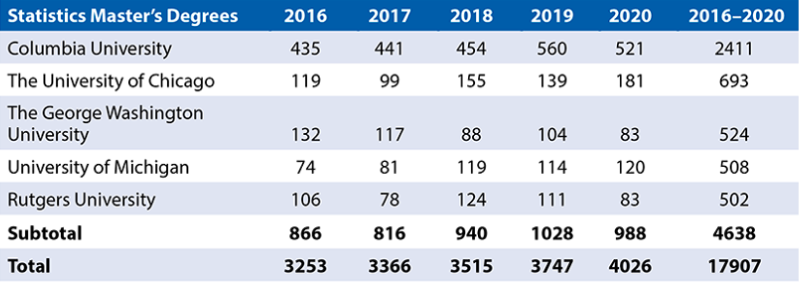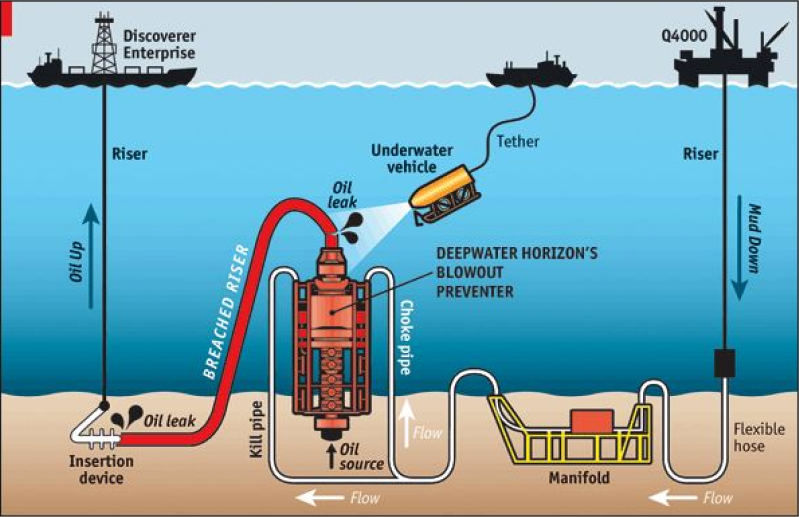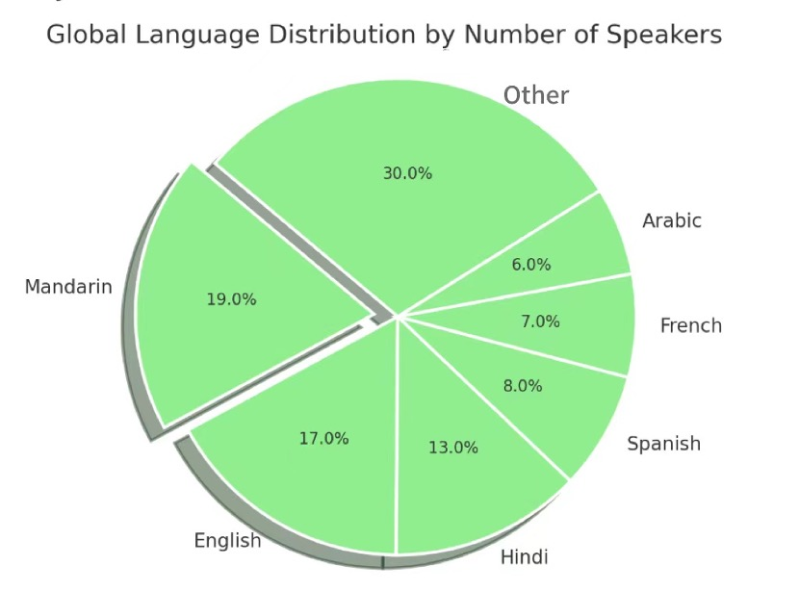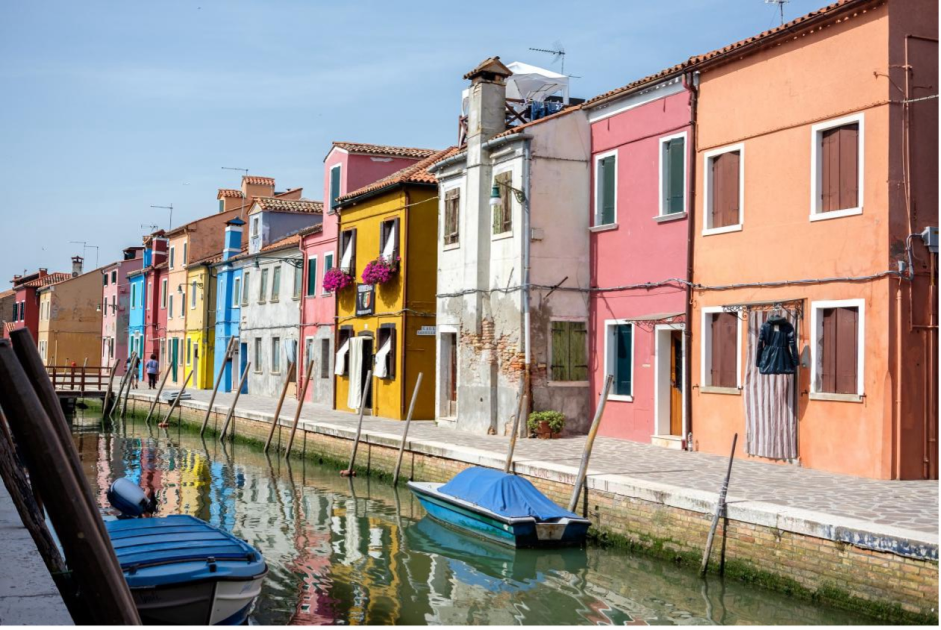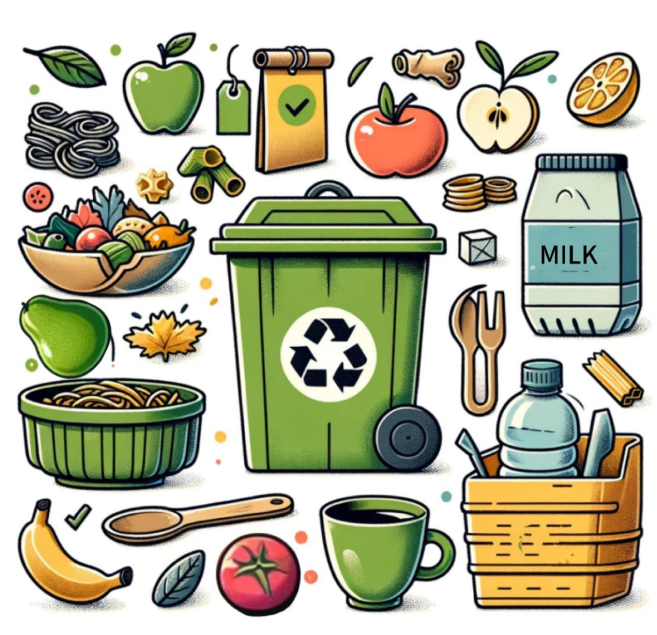A structured approach can ensure clarity and precision when effectively describing an image in the PTE Speaking section. First, introduce the image by saying, “There is an interesting picture in front of me.” Then, move on to the key elements, observing details such as objects, people, or settings with phrases like, “By having a closer look, I can see a number of things in the image.” Start with the title:
“The title is…” or mention that there’s no title provided. Identify interesting aspects, including words, shapes, and significant numbers like, “The image includes significant numbers/years/shapes such as…”. You can also point out any prominent colors: “There are beautiful colors like… and… is my favorite.”
For graphical images, it’s important to highlight both the extremes: “The graph gives information about the highest value like… and the lowest value which is…”. Summarize and conclude within 40 seconds, saying, “I cannot go into further details as my time is over, so I will click next. Thank you.”
This describe image pte template ensures that your description is organized and covers all major elements efficiently, helping you score well in the PTE Speaking section.
By familiarizing yourself with these types of images and practicing
regularly, you can gain confidence in tackling the Describe Image task
effectively, ultimately boosting your PTE Academic,
UKVI or
Core score.



